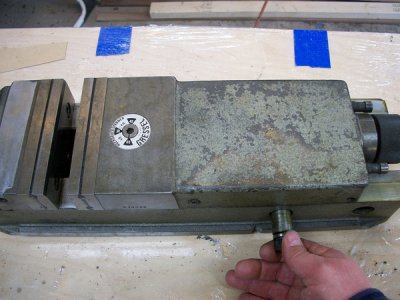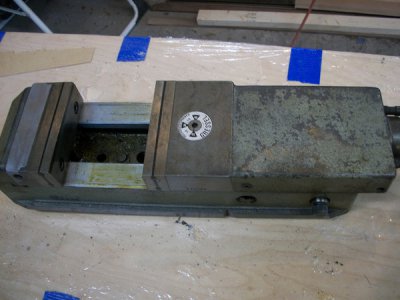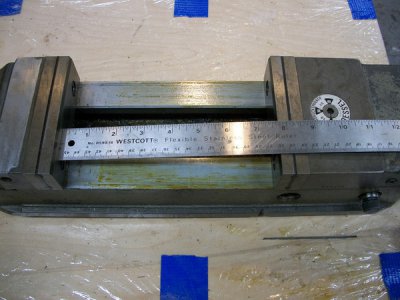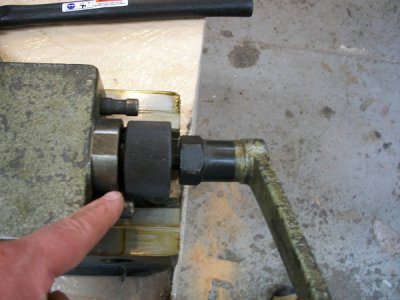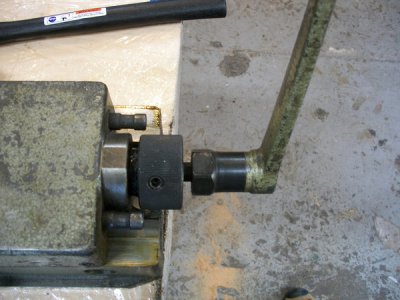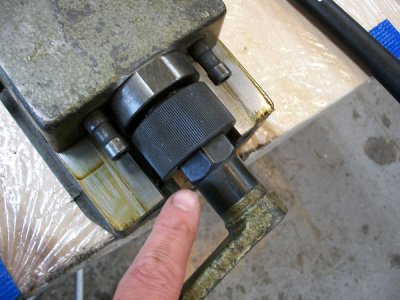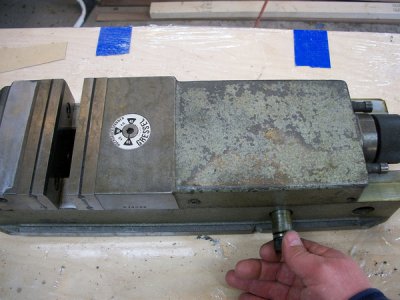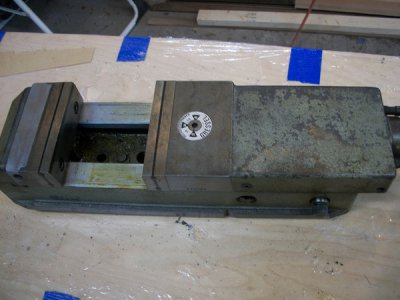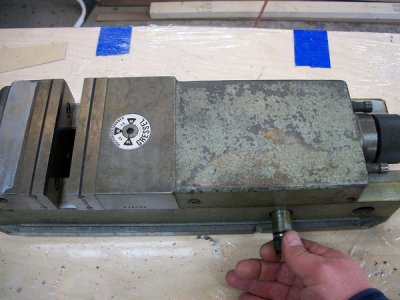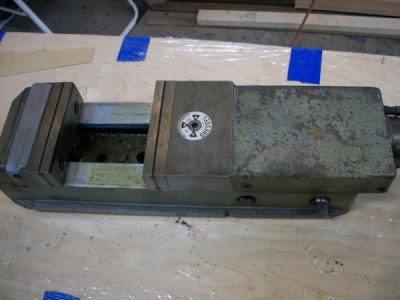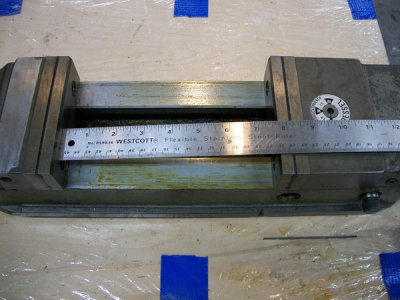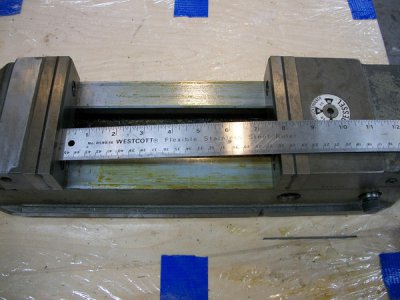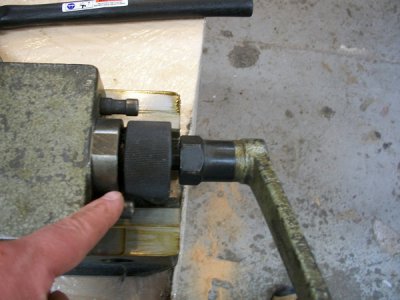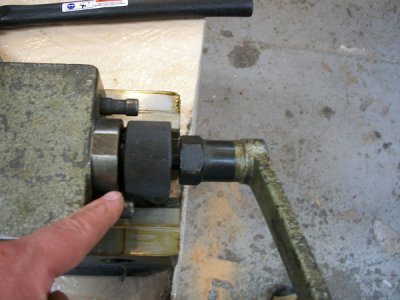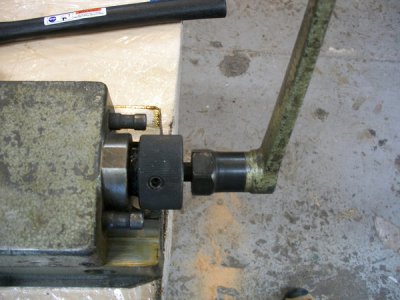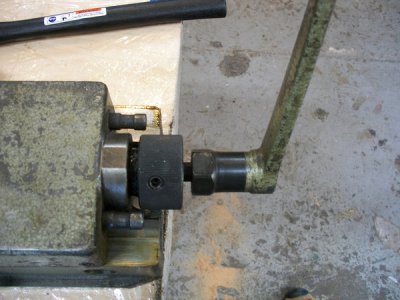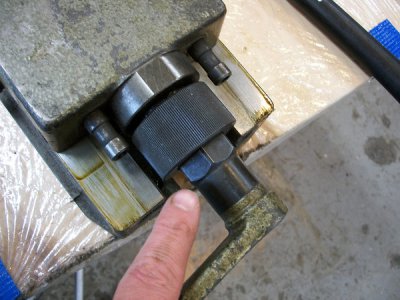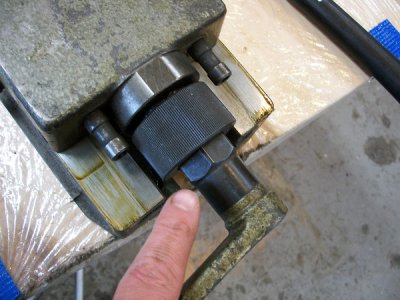A freind gave me a five inch milling vise. He doesn't know anything about the vise, in came a lot of other tools he bid on.
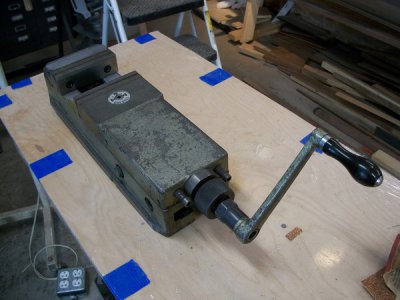
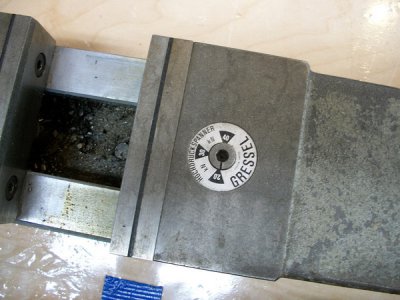
I Googled Gressell, but their website does not show this particular vise (I suspect the vise is too old.) I did see that they make vises with torque multipliers and load limiters. From what I can determine, this unit has a multiplier on it. However, I don't think the vise is working right because the jaws will only close down to about an inch. I don't want to take it apart and risk screwing something up, this thing looks COMPLEX inside. I am hoping someone here has direct experince with this tool and can tell me about it. I sent an inquiry to Gressel but I have not heard back, I am guessing they only deal with proffesional shops.
Thanks!
Eric
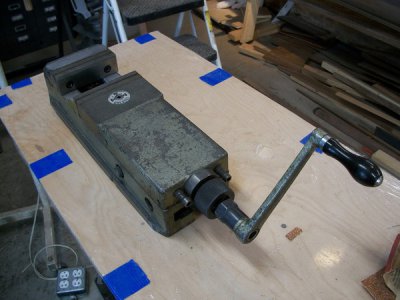
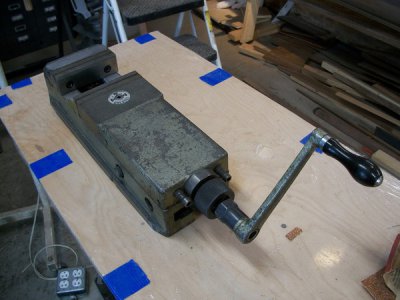
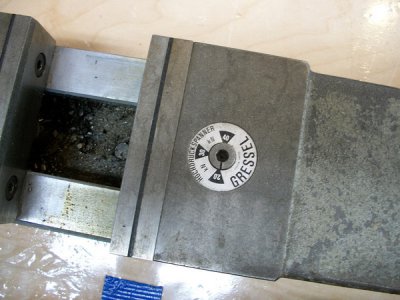
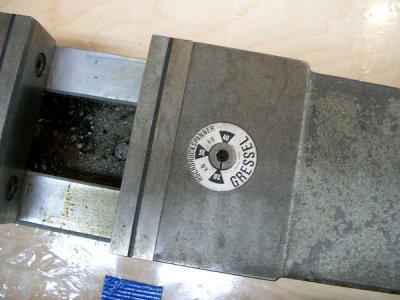


I Googled Gressell, but their website does not show this particular vise (I suspect the vise is too old.) I did see that they make vises with torque multipliers and load limiters. From what I can determine, this unit has a multiplier on it. However, I don't think the vise is working right because the jaws will only close down to about an inch. I don't want to take it apart and risk screwing something up, this thing looks COMPLEX inside. I am hoping someone here has direct experince with this tool and can tell me about it. I sent an inquiry to Gressel but I have not heard back, I am guessing they only deal with proffesional shops.
Thanks!
Eric






